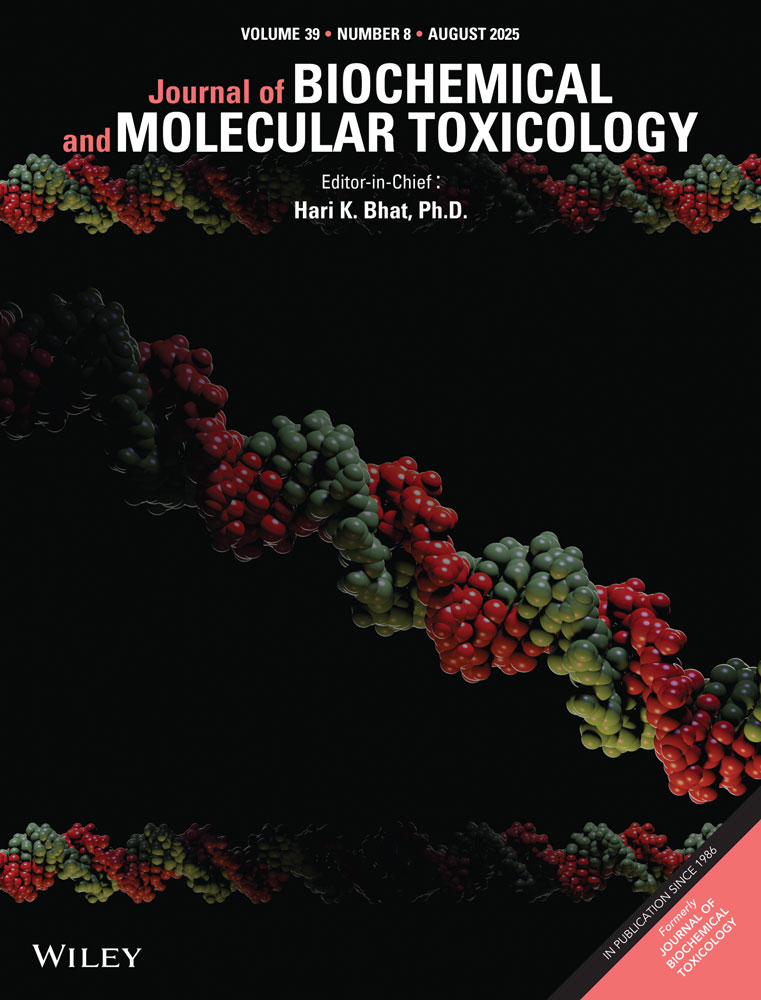Protection of Dipsacoside B Against Cerebral Ischemia/Reperfusion Injury via Activating PINK1/Parkin-Mediated Mitophagy
ABSTRACT
Cerebral ischemia-reperfusion (CI/R) is a complex process that frequently results in neuronal oxidative stress and apoptosis. Dipsacoside B (DB) possesses antimicrobial and detoxifying properties and can improve mitochondrial function. Nevertheless, the potential neuroprotective effects of DB in stroke remain uncertain. This investigation aims to elucidate the impact of DB on CI/R, as well as its underlying regulatory mechanism. In our study, results showed that DB lessened the decrease in cell viability and increase in LDH release in oxygen-glucose deprivation/reoxygenation (OGD/R)-treated HT22 cells. DB attenuated OGD/R-tempted oxidative stress, apoptosis, and mitochondrial dysfunction. DB enhanced mitophagy in HT22 cells following OGD/R treatment by enhancing the levels of LC3-II/LC3-I, PINK1, and Parkin. Blocking of mitophagy by mdivi-1 or silencing PINK1 abolished the protective effect of DB against OGD/R-induced oxidative stress damage and mitochondrial dysfunction in HT22 cells was found to be dependent on the activation of PINK1/Parkin-mediated mitophagy, as evidenced by the loss of protection when mitophagy was blocked by mdivi-1 or PINK1 silencing. Additionally, the neuroprotective effects of DB were confirmed in the middle cerebral artery occlusion mouse model, indicated by alleviation of oxidative stress, apoptosis, and mitochondrial dysfunction. In conclusion, DB attenuated OGD/R-tempted oxidative stress, apoptosis, and mitochondrial dysfunction in HT22 hippocampal neurons by activating PINK1/Parkin-mediated mitophagy.
Conflicts of Interest
The authors declare no conflicts of interest.
Open Research
Data Availability Statement
The data that support the findings of this study are available from the corresponding author on reasonable request.




